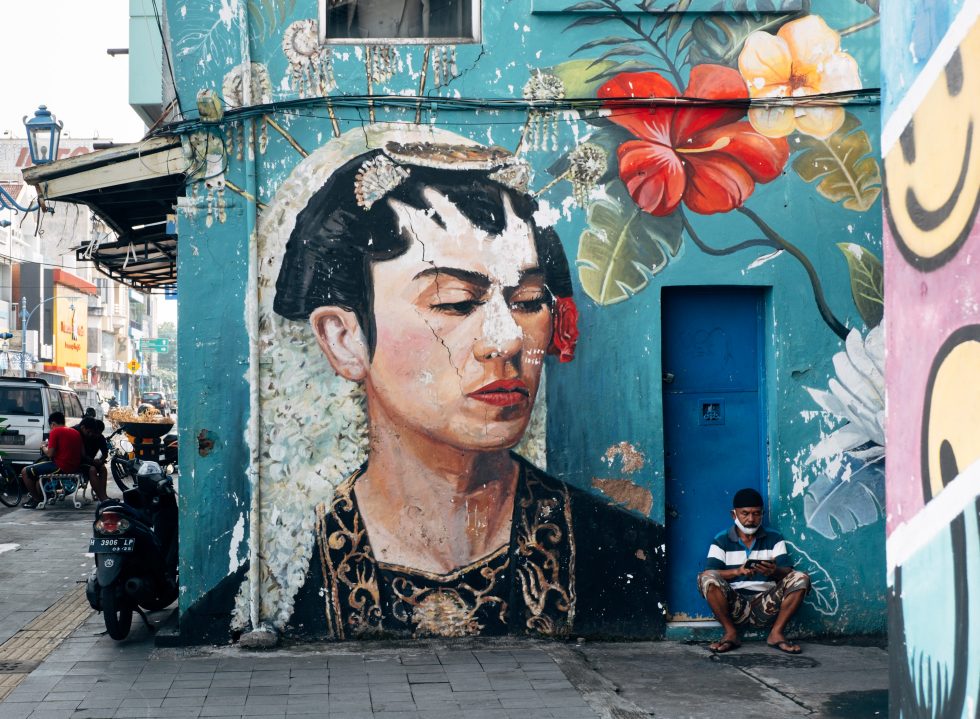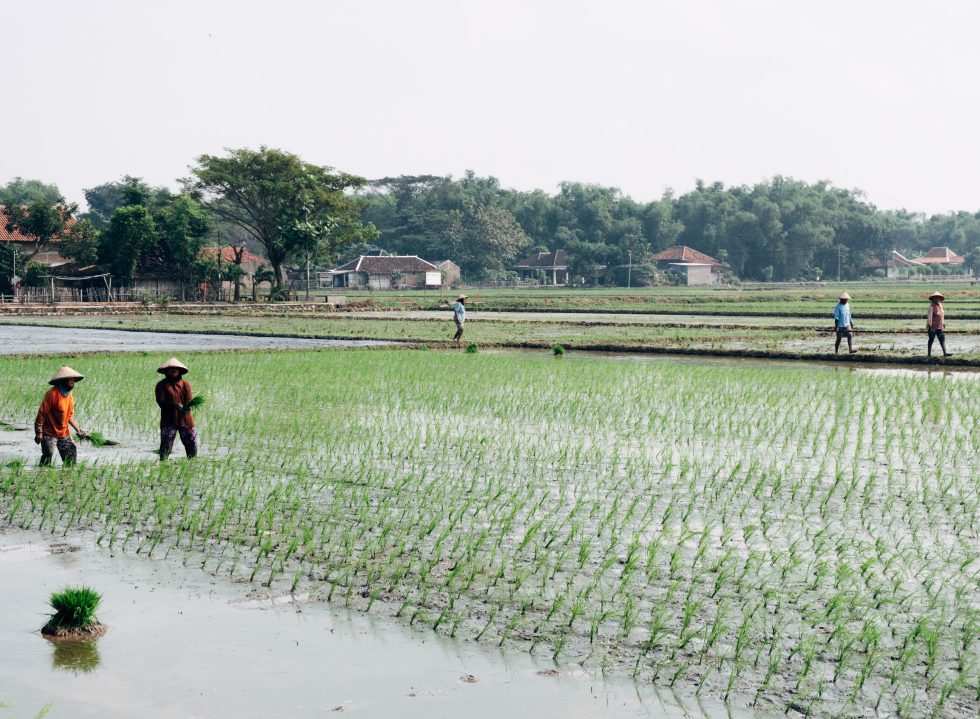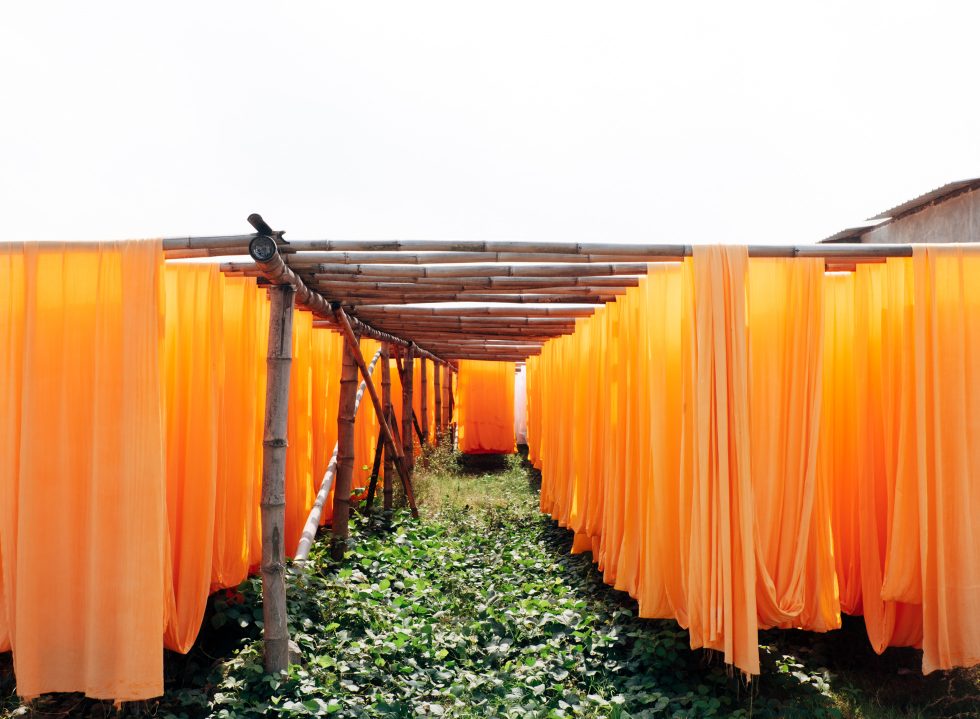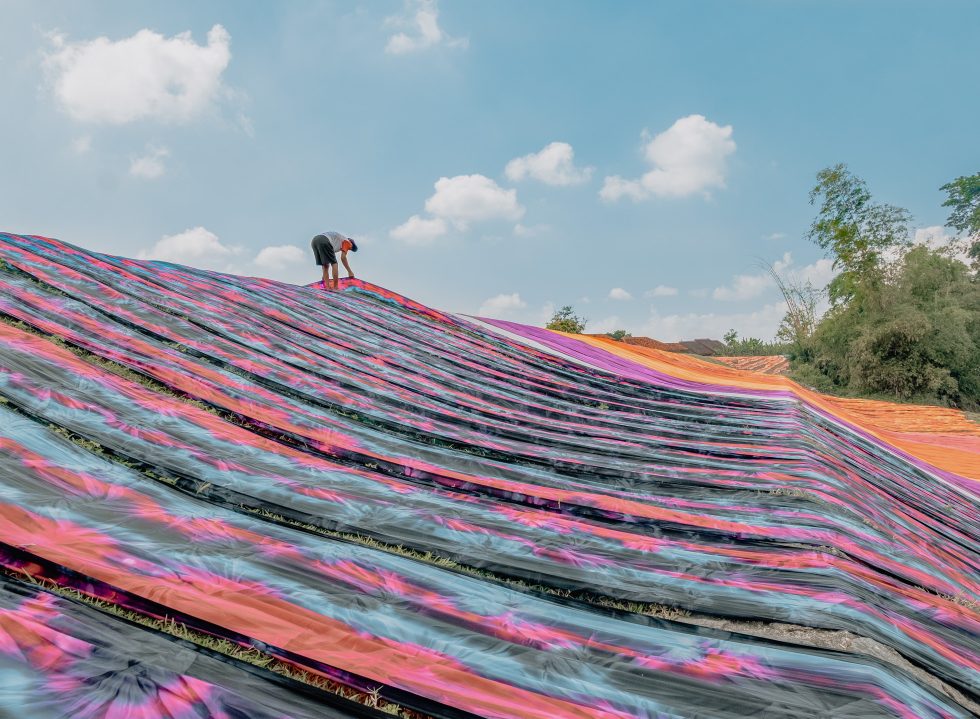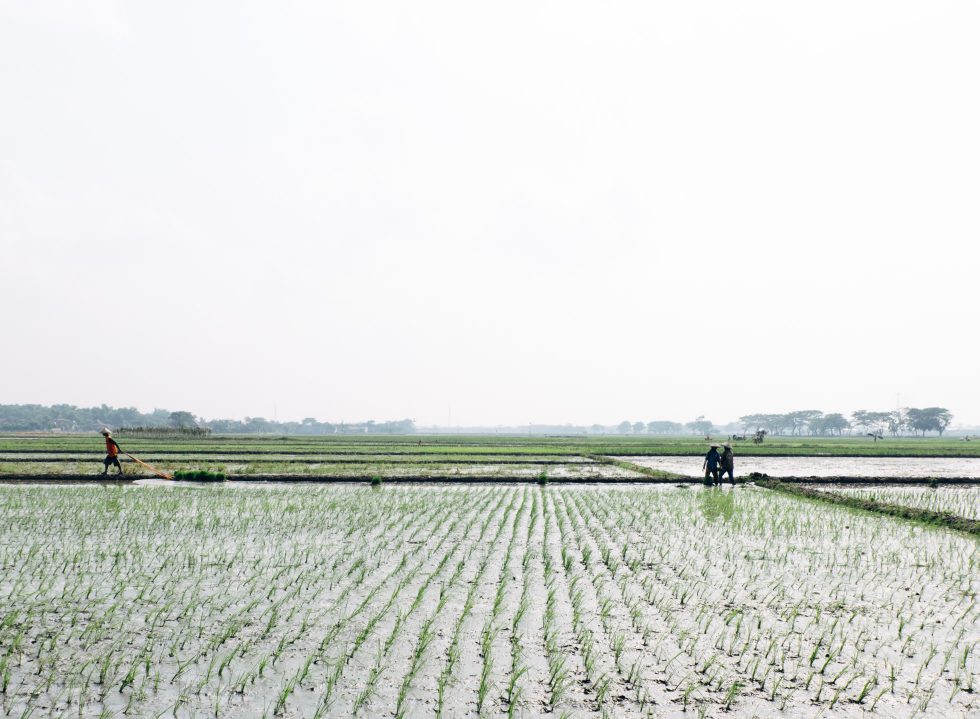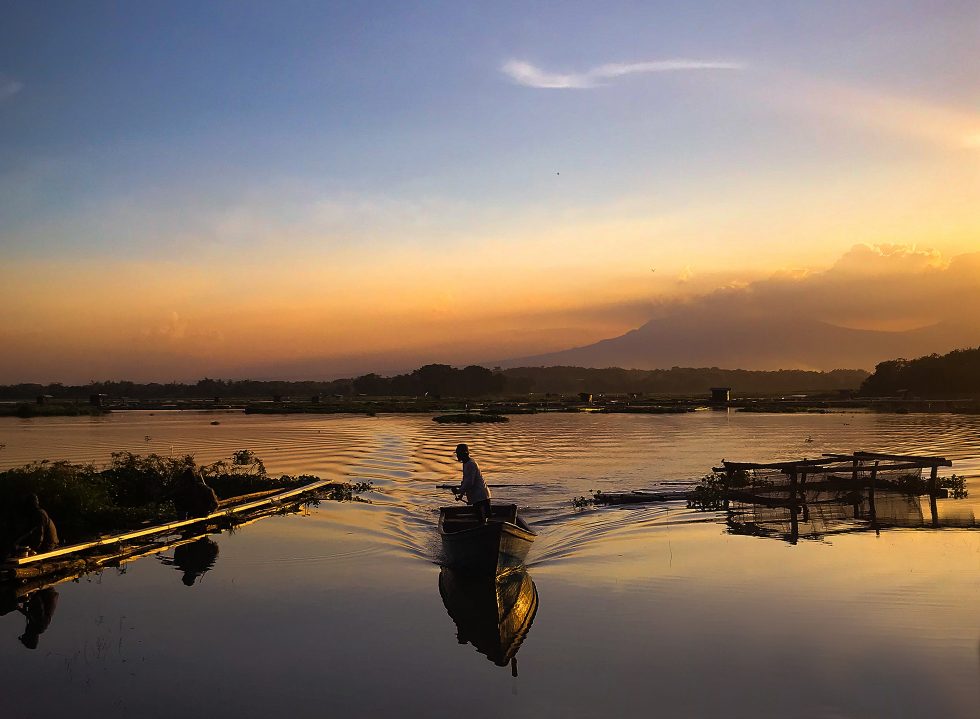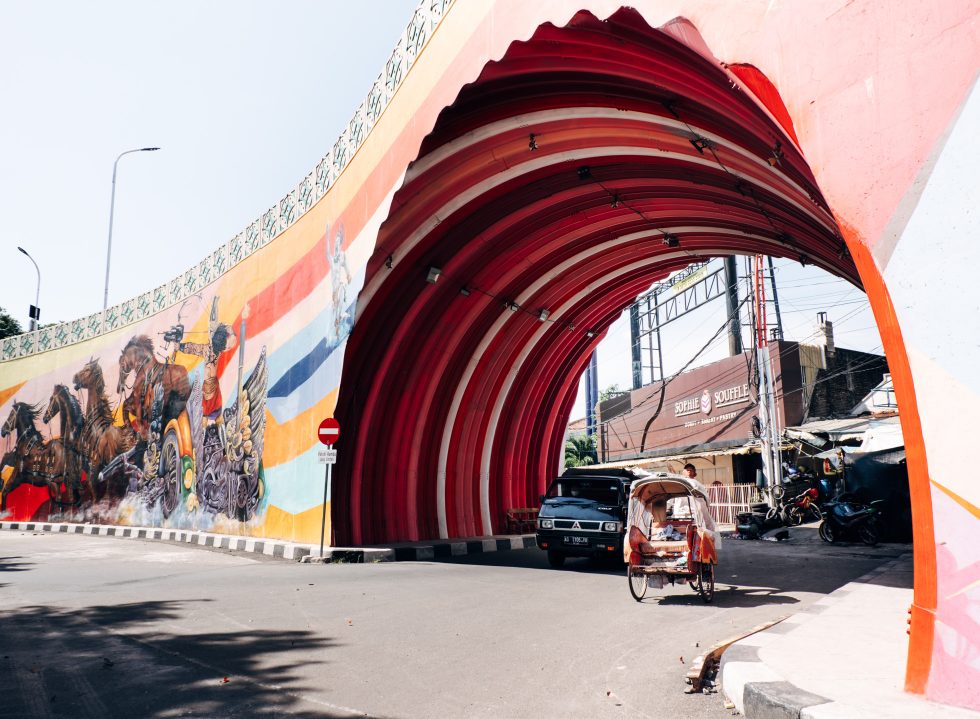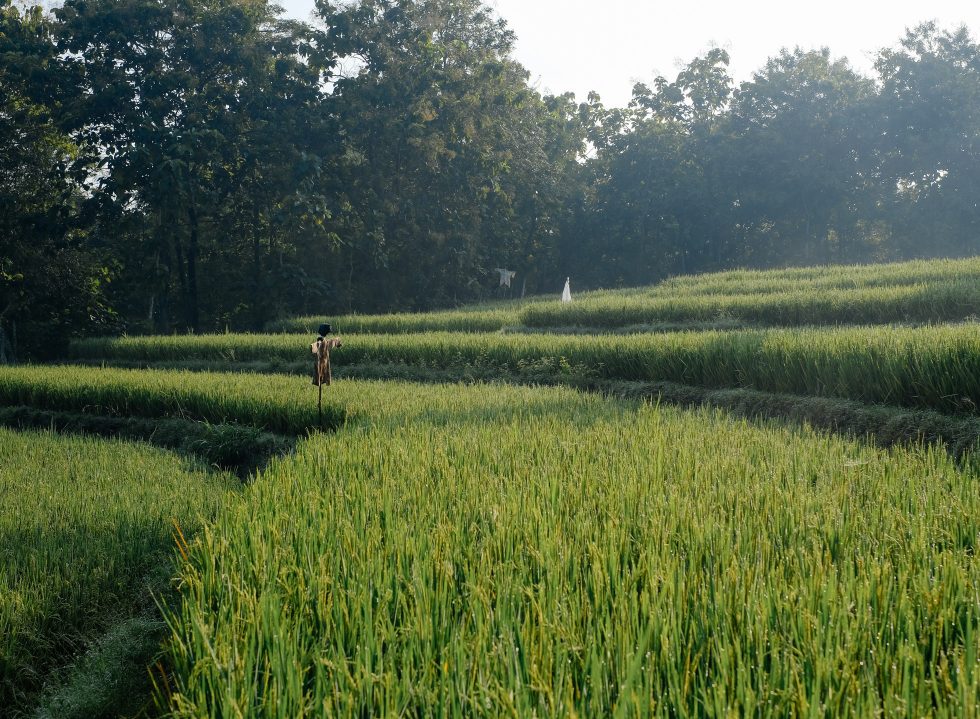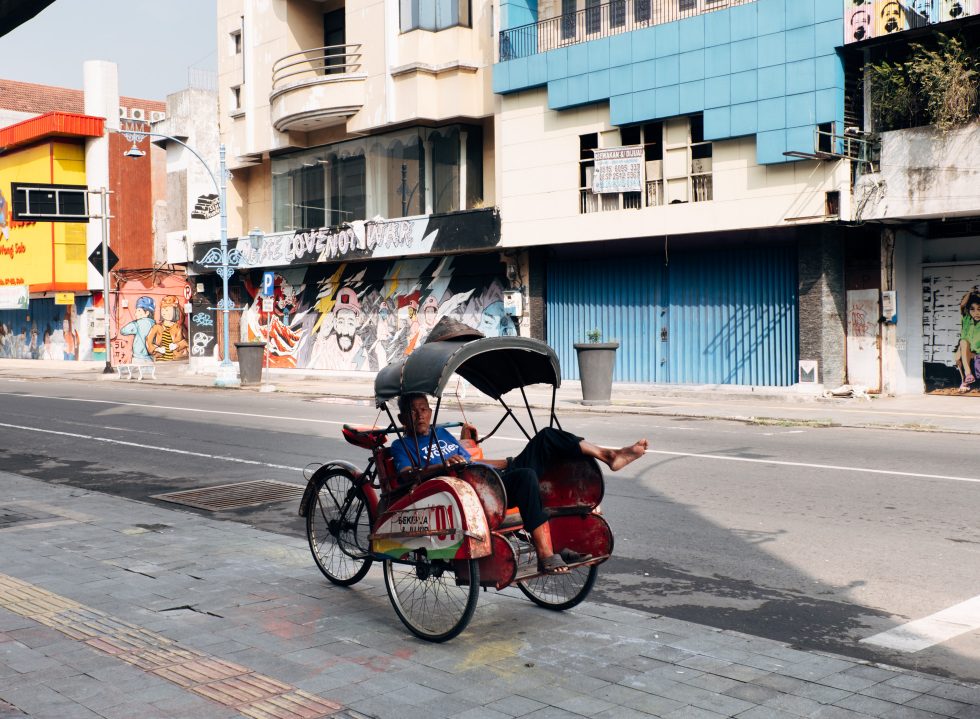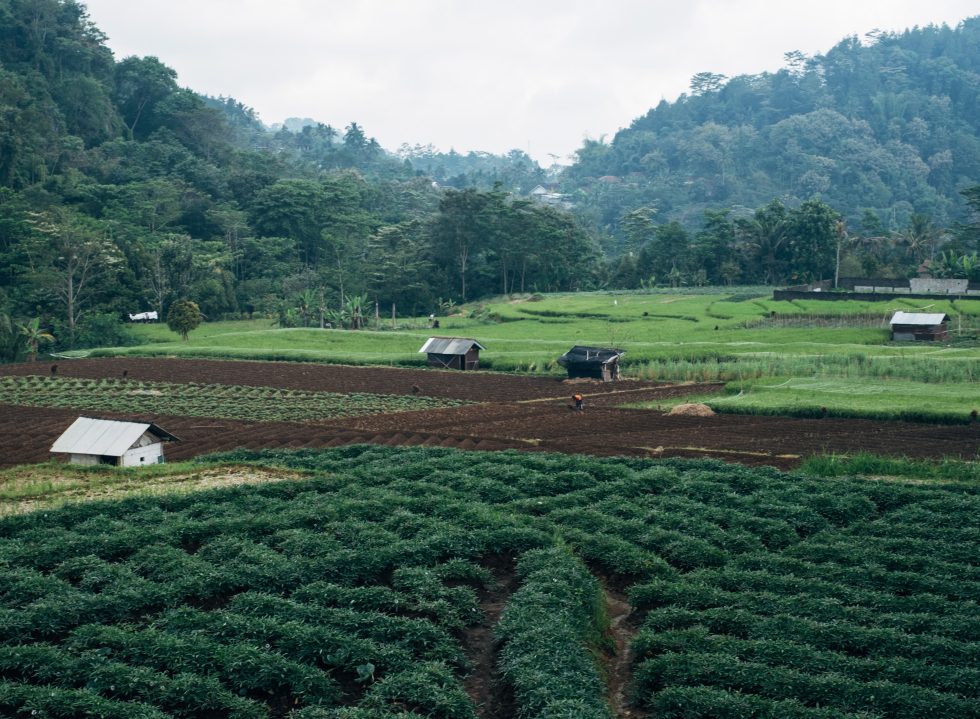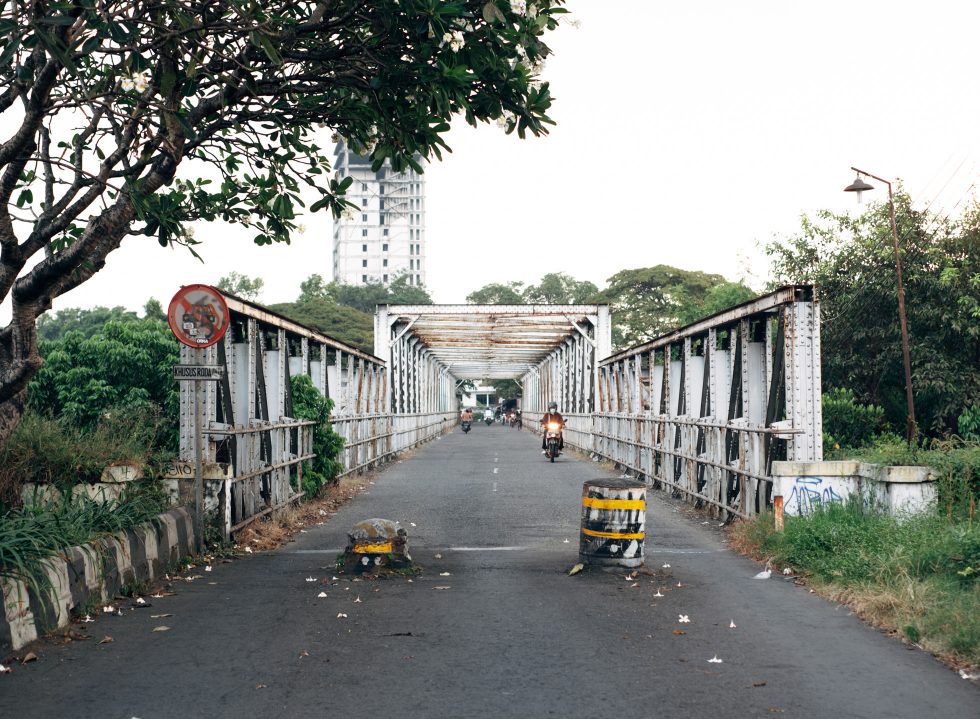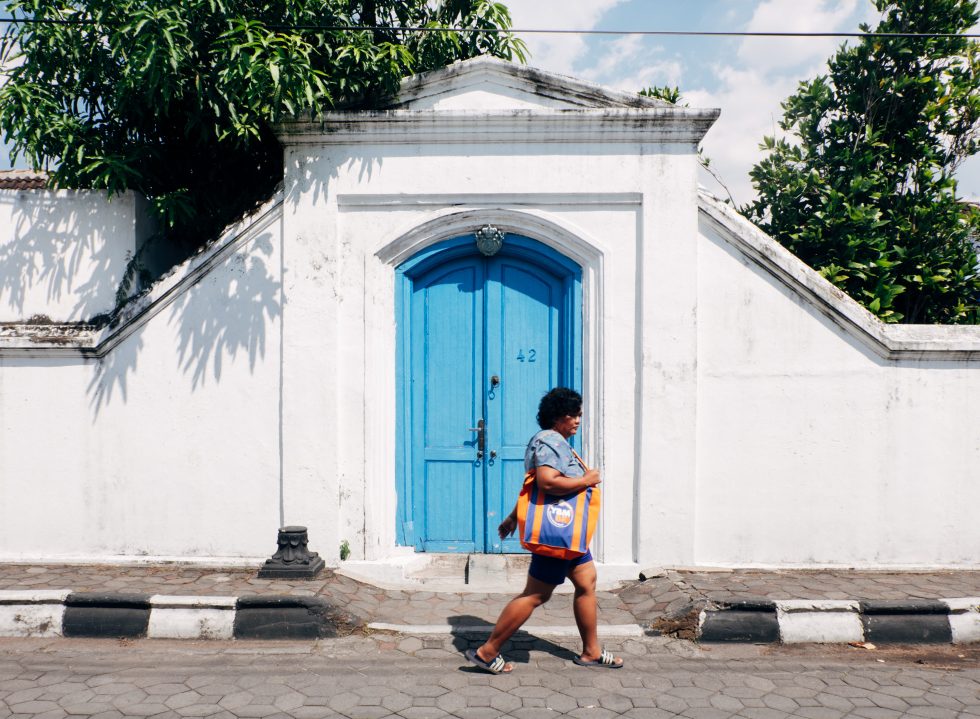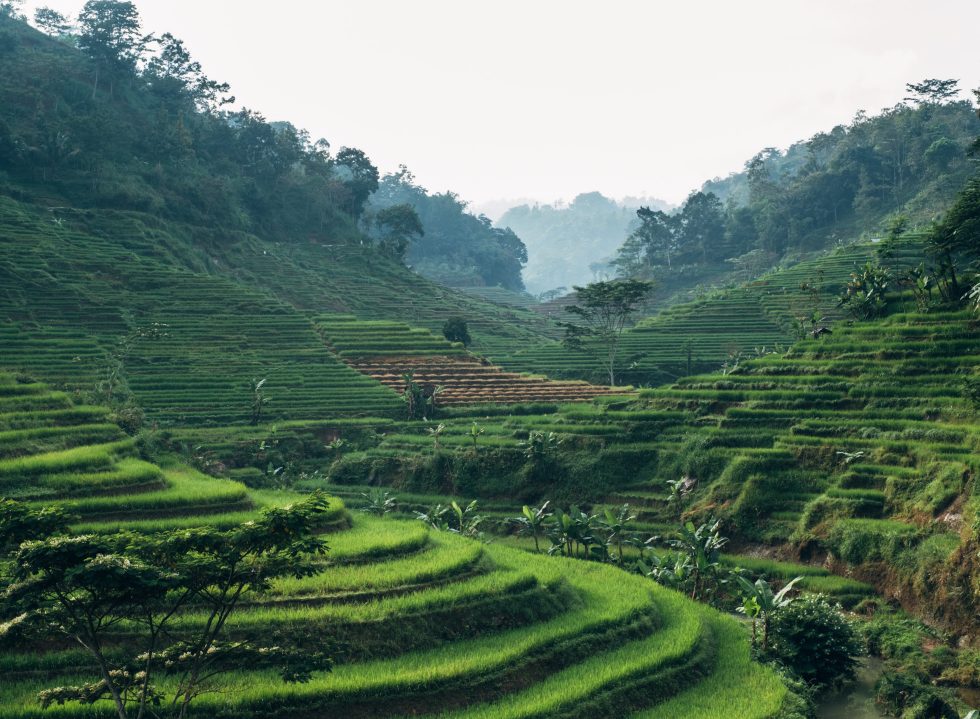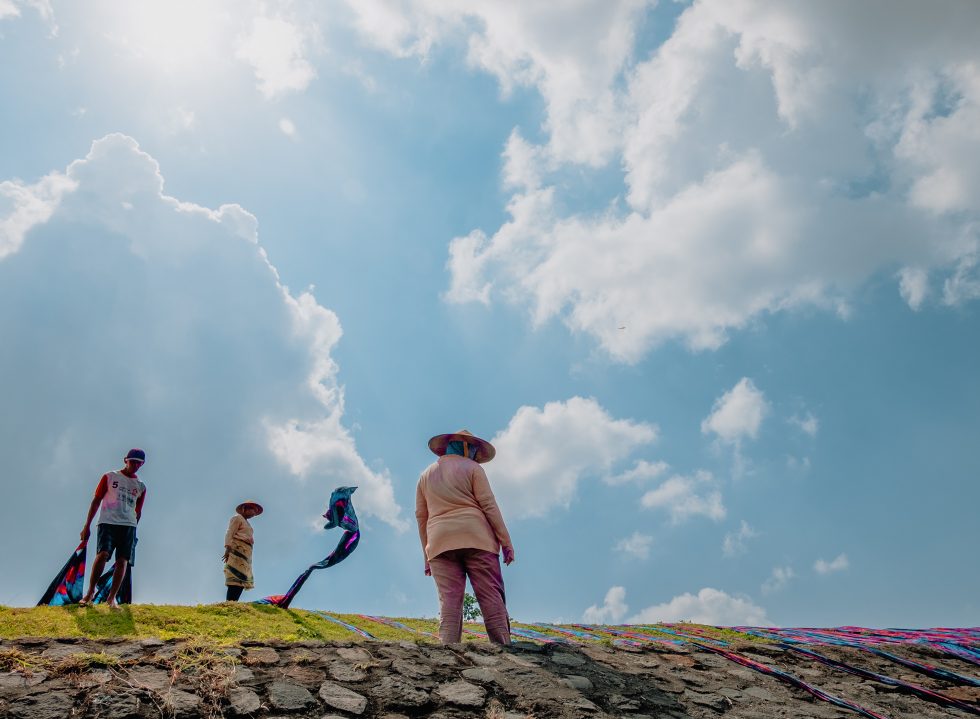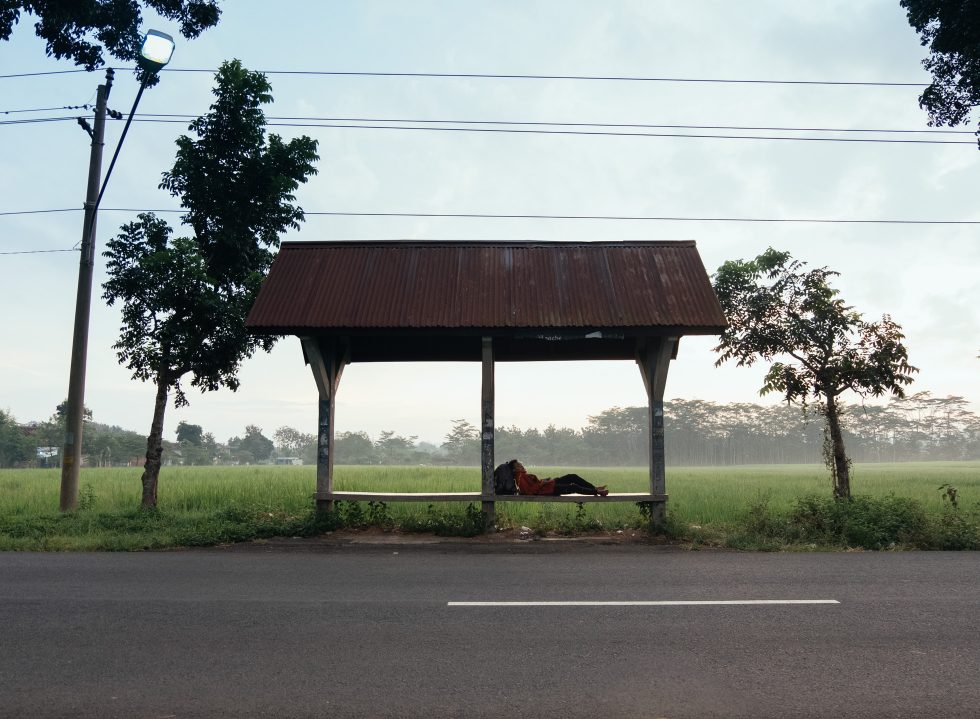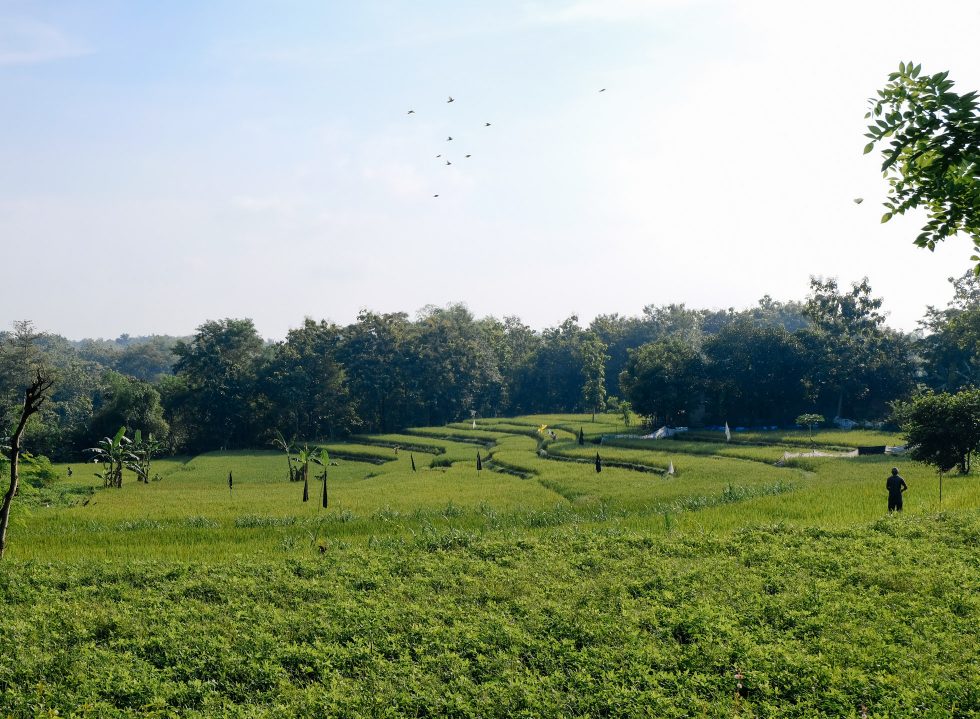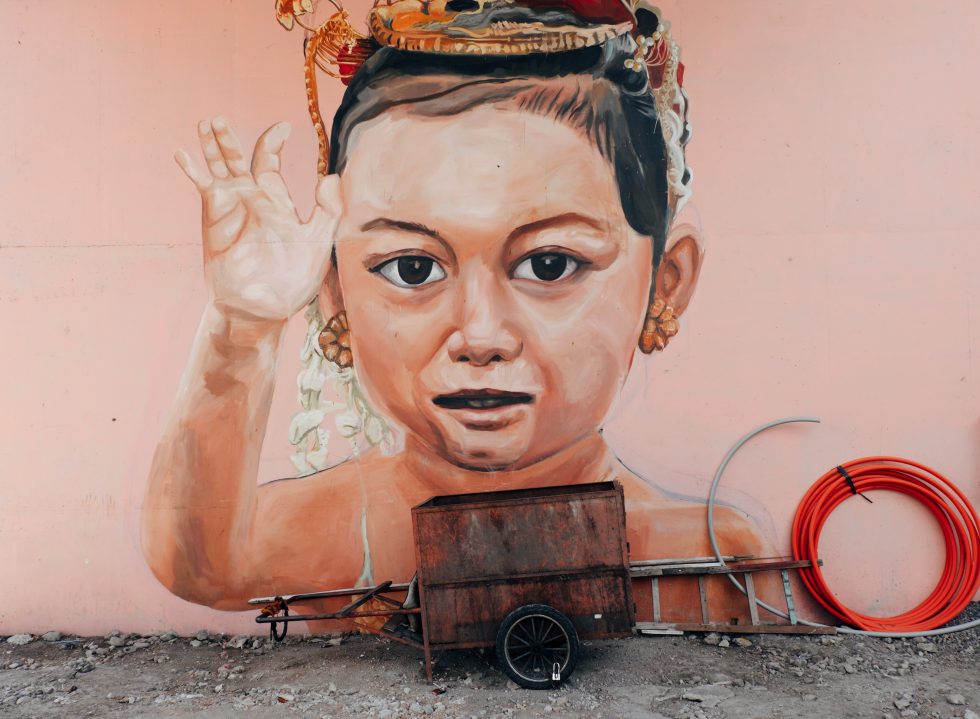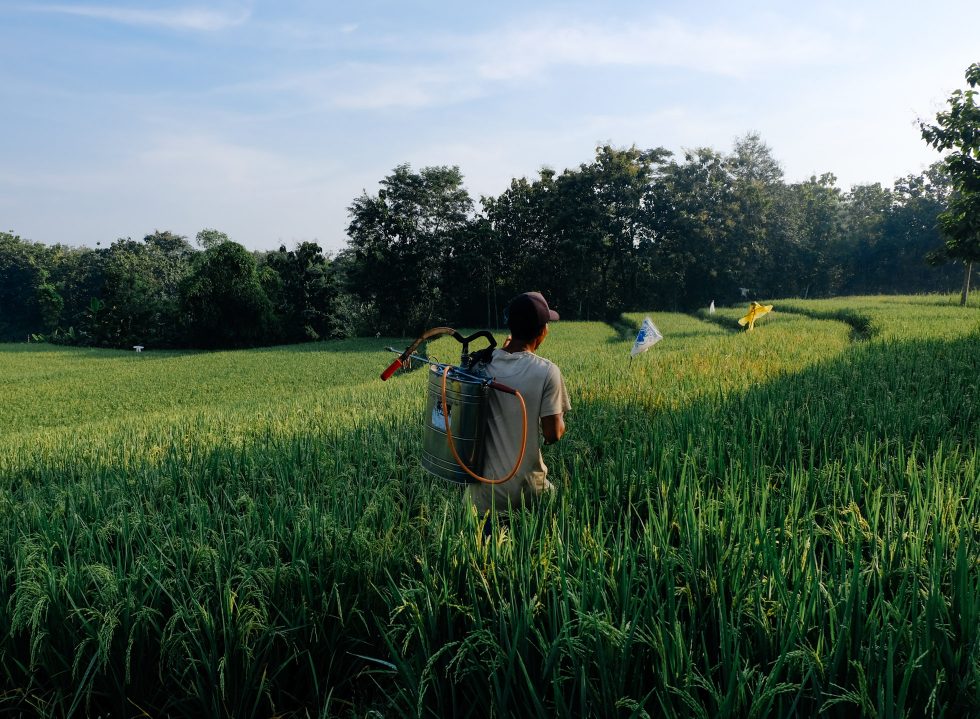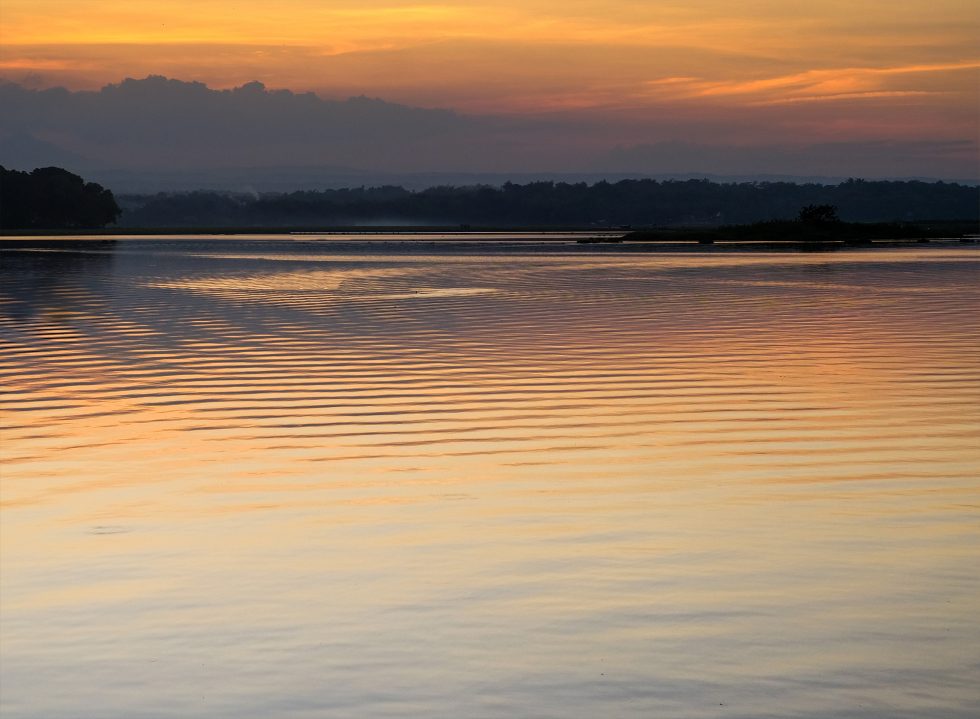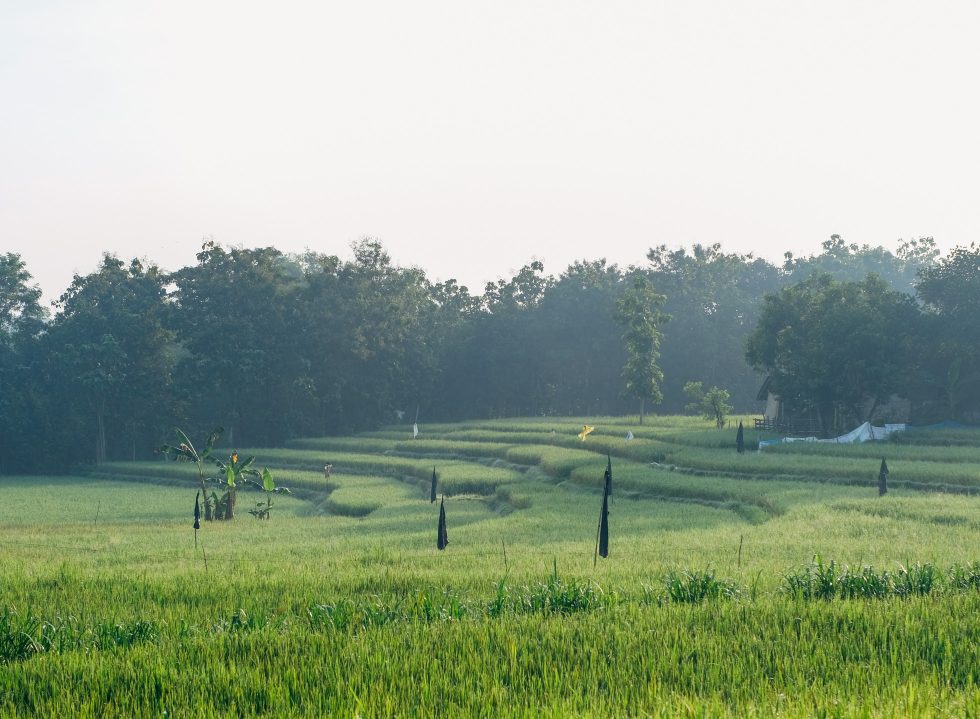In Jakarta, cafés and mega malls are slowly unlocking their doors. The roads, once emptied, are all astir with long lines of vehicles; each restless to get to their destinations. The sight, especially common to the city’s dwellers, was absent for the past three months by dint of the virus outbreak. Yet today, you will find that our ever-sprawling metropolis has woken up fast from its stillness.
Elsewhere, the unfolding of an outbreak is less daunting. Taken in Surakarta (or known colloquially as Solo) and its bucolic surroundings, these photos depict the region in the wake of the pandemic. There, not much has changed: unlike many Jakartans who were held back from their urban grind, folks in Surakarta and its befriending neighbourhoods underwent it with composure.
In Karanganyar regency, home to a sea of rice fields, the locals continue to rise at dawn for daily tending to the paddy fields. Sometimes, their walks would go in tandem with morning cyclists. A quieter tone enveloped the village as the partial lockdown was imposed; tourists were not in sight and for once the village was theirs alone. At noon, the Cengklik reservoir in Ngargorejo village brings forth the most delicate view: fishermen sail off their boats, and many inhabitants would rest as they watch the sun sink beneath the mountains, something the photographer Angga Baktif described as “adem-ayem”, or “soothing”.
In downtown Solo, becak (three-wheeled rickshaws) are roving around the city while local shops are still in repose. Painted in colourful street art, the town has been more reserved than usual as many of its denizens went mudik when social distancing measures were announced. A sprouting trend is spotted: gardening has become a favourite pastime and this sight is present nearly every morning.
A different scene is seen in Sukoharjo, a regency in the southern part of Solo; lines of multicoloured beach sarongs hung dry under the sun, and Batik-makers reunite with their stamps, inks and dippers after months of parting.
Jakarta and Surakarta are the juxtaposition of two realities of a pandemic. As many rush to recoup their normal days in the big cities, the humbling scapes in Surakarta and its surroundings could be reminders to not succumb to the angst caused by the pandemic and to stretch our perspectives after the whirlwind as we extend ourselves beyond the places we live.
